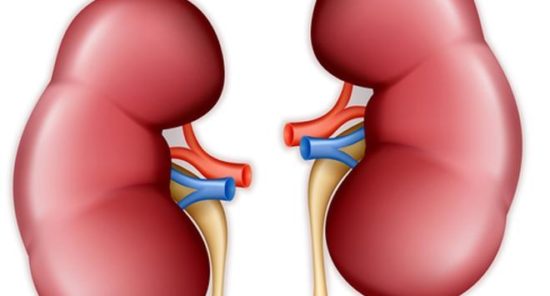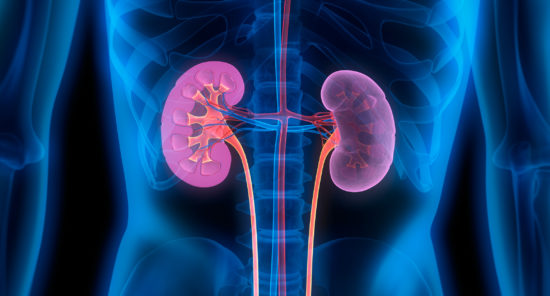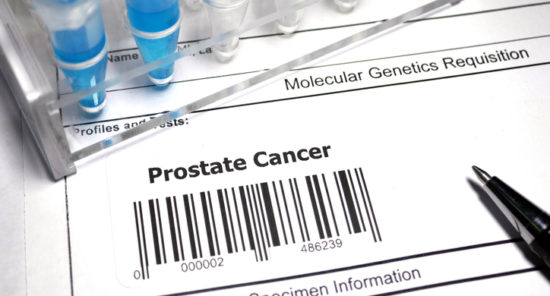Of the approximately one in 11 adults worldwide with diabetes, 90% have type 2 diabetes mellitus. Globally, the prevalence of type 2 diabetes has nearly quadrupled since 1980 and it is expected to continue to increase. Up to 25% of patients with type 2 diabetes also have comorbid chronic kidney disease (CKD), heart failure, or cardiovascular disease.
Cardiovascular disease is the leading cause of mortality associated with type 2 diabetes. Sodium/glucose cotransporter 2 (SGLT2) inhibitors, oral glucose-lowering drugs, effectively lower hemoglobin A1c levels via inhibition of sodium/glucose cotransporters in the kidney proximal convoluted tubule, leading to glucosuria. Currently available SGLT2 inhibitors in North America and Europe include empagliflozin, canagliflozin, and dapagliflozin. Clinical trials have demonstrated benefits beyond the glucose-lowering effects of those agents, including lowering of the risk of major cardiovascular events, promotion of weight loss, decreases in blood pressure, decreases in all-cause and cardiovascular-related mortality, and slowing of the progression of CKD. Recent consensus guidelines recommend SGLT2 inhibitors as add-on therapy to metformin in patients with atherosclerotic CKD, clinical heart failure, and CKD, assuming adequate kidney function.
However, according to Christie Rampersad, MD, and colleagues, the use of SGLT2 inhibitors may increase the risk for acute kidney injury (AKI). The researchers conducted a retrospective cohort study designed to examine whether SGLT2 inhibitors, compared with all other glucose-lowering drugs, are associated with increased risk of AKI. Results of the study were reported in the American Journal of Kidney Diseases [2020;76(4):471-479].
The primary outcome of interest was the incidence of AKI, identified as a composite of documented AKI through either hospital discharge codes or laboratory data. Serum creatinine values, but not urine output, were used to identify and stage AKI as defined by Kidney Disease: Improving Global Outcomes criteria. The study population included adults in Manitoba, Canada, with type 2 diabetes mellitus followed up from June 2014 until March 2017.
In the study’s incident user design (first prescription of an SGLT2 inhibitor or all other glucose-lowering drugs [oGLDs]), there were 6017 patients whose incident prescription during the study period was for an SGLT2 inhibitor and 42,758 patients whose incident prescription was for an oGLD. Patients who began treatment with an SGLT2 inhibitor were older, had more microvascular disease, and were more likely to already be taking a resin-angiotensin-aldosterone system (RAAS) inhibitor, or additional oGLD at baseline.
Following propensity matching, the groups each included 4778 patients. A total of 1239 patients were not matched due to propensity scores outside the caliper distance of any remaining eligible oGLD initiation episodes. After matching, standardized differences between SGLT2 inhibitors and oGLDs for all variables were <10%. Mean age of study participants was ~59 years, ~45% were women, ~27% had cardiovascular disease, ~71% were taking an RAAS inhibitor, and ~87% received metformin at baseline.
In on-treatment analysis, dapagliflozin contributed more patient-years (50.9%) than canagliflozin (42.5%) and empagliflozin (6.6%). In the oGLD group, the most common index medications were dipeptidyl peptidase 4 inhibitors, insulin, and sulfonylureas.
The on-treatment analysis included 117 AKI events in 7745 patient-years. In the SGLT2 inhibitor group, there were 4226 patient-years of follow-up, compared with 3519 patient-years of follow-up in the oGLD group. There were 47 AKIs in the SGLT2 inhibitor group and 70 in the oGLD group. In patients receiving SGLT2 inhibitors, there were lower event rates of AKI per 100 patient-years than in patients receiving oGLDs: 1.11 (95% confidence interval [CI], 0.79-1.43) versus 1.99 (95% CI, 1.52-2.46). Most of the AKI events occurred >90 days following initiation of the drug.
There was no risk difference in the primary outcome in the SGLT2 inhibitor group compared with the oGLD group: hazard ratio [HR], 0.64; 95% CI, 0.40-1.03; P=.06. HRs were consistent across all methods of identification of AKI. There was no effect modification by either RAAS inhibitor (P=.9) or diuretic (P=.8) use.
The researchers conducted four sets of sensitivity analysis. There were no associations between use of SGLT2 inhibitors and increased risk for AKI in any of the four analyses.
There were some limitations to the findings cited by the authors, including residual unmeasured confounding effects, particularly if patients at lower risk for AKI were more likely to be prescribed SGLT2 inhibitors for reasons not captured in the propensity matching. There may have been biases in prescribing, monitoring of blood work, and reporting of adverse events due to the 2016 FDA warning. Finally, the data were insufficient to compare individual SGLT2 inhibitors.
“In conclusion, our study found that SGLT2 inhibitors are not associated with increased risk for AKI. Our findings should be considered complementary to the growing body of evidence including clinical trials and prospective and retrospective studies that now show kidney-protective effects of SGLT2 inhibitors. Further, avoiding SGLT2 inhibitors due to the fear of short-term adverse effects risks missing their substantial long-term benefits for heart failure and kidney failure,” the researchers said.
Takeaway Points
- Researchers conducted a retrospective cohort study to examine whether sodium/glucose cotransporter 2 (SGLT2) inhibitors are associated with acute kidney injury (AKI) compared with all other glucose-lowering drugs (oGLDs).
- The primary outcome of interest was incident AKI, defined by either an increase in serum creatinine level and/or hospital discharge codes for AKI while taking glucose-lowering drugs.
- In comparison of 4778 incident users of SGLT2 inhibitors with 4778 incident users of oGLDs, there were no differences observed in the primary outcome (hazard ratio, 0.64; 95% confidence interval, 0.40-1.03; P=.06).
Credit: Original article published here.









